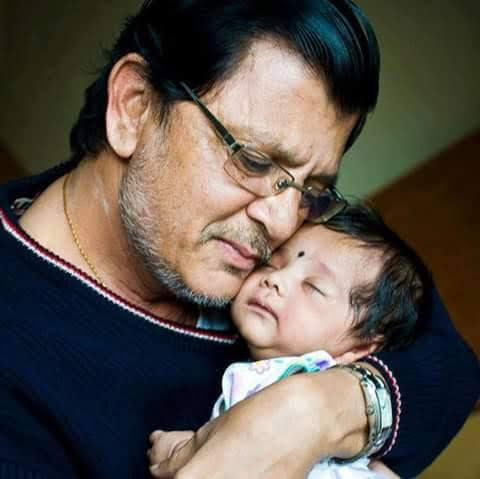I have received a comment that I have left out the names of Kulin Brahmin‘s names from the list of surnames I posted..

”
Kulin Brahmin is the highest strata of upper caste Brahmins in India‘s caste system. This term is more generally used to refer to upper caste “twice-born” Brahmins in nineteenth century Bengal considered themselves to be more knowledgeable as regards the scriptures as compared to other Brahmins.
The Brahmo Samaj originated to remove the evils of Kulin Brahminism like polygamy and Sati (practice) (wherein a recently widowed woman would immolate herself on her husband’s funeral pyre). From 1822, over 500 secular Kulin Brahmins of Calcutta organised themselves into a vigilante force under legal experts like Ram Mohan Roy, Dwarkanath Tagore and Prasanna Coomar Tagore known as the Brahma Sabha to report and prosecute such offences. A counter force called Dharma Sabha was quickly formed by another set of orthodox Hindu Kulins to excommunicate Brahmins of the Brahma Sabha or assassinate them. Finally in 1829 the Governor General William Bentinck outlawed sati. The excommunicated Brahmins formed their own religion Brahmoismthe following year 1830 which was finally codified in 1850, and recognised by the British Government in 1872, and by the Supreme Courts in 1903″
Mukhopādhyāya and its adaptation Mukherjee are a Kulin brahmin. Mukhopādhyāya means chief Vedic teacher.
The traditional accounts of the origin are given in texts termed Kulagranthas (Kuladīpīkā), composed around the 17th century. They mention a ruler named Ādiśūra who invited five Brahmins from Kanyakubja,[7] so that he could conduct a yajña, because he could not find Vedic experts locally. Traditional texts mention that Ādiśūra was ancestor of Ballāl Sena from maternal side and five brahmins had been invited in AD 1077.[8]
Kulin Brahmins are those Brahmins in Bengal who can trace themselves to the five families of Kanauj (Kanyakubja), Uttar Pradesh who migrated to Bengal. The five families were of the five different gotras (Shandilya, Bharadwaj, Kashyap, Vatsya and Swavarna). They are widely believed to be at the apex of Bengal’s caste hierarchy.
Bengali Brahmins showed positive results for only three Y-Haplogroups R1a1, R2 and H1. Haplogroup R1a1, which is the most prevalent haplogroup amongst the Bengali Brahmins, is associated with the spread of the Indo-European culture in Indian sub-continent. A very high percentage of 72.22% among Bengali Brahmins hints at its presence as a founder lineage for this caste group”
It is very interesting to note that history of Bengal is primarily dominated by “Kulin Brahmins”, be it literary field, or scientific field or Medical or Engineering field or in Judiciary area or in administrative area or in political area. In other words the history of Bengal cannot be thought of without them, due to their immense contribution to the Bengali society. The list of these great Bengali Kulin Brahmin contributors is endless.
This interesting factor made the author to trace the root to the extent possible, of this race as they claim that they are migratory Bengalis and not original native of Bengal.
However, it is extremely difficult as we need the data from religious history, cultural history, political history and social history of Bengal and its adjoining area to arrive at certain inference, provided all data are found to converge.
Indian history is found to be written, primarily based on Vedic literatures, Max Muller theory and various books authored by Europeans. Books written by Europeans are again based as it was based on their interviews with prominent people of their time who were mostly Vedic, hearsay and on Vedic literatures. While doing so the Sramanic/Sarmanic literature has been ignored. This may be due to the reason that during the development of Indian or Bengal history, the then civil society was dominated by Vedic people.
Vedic people are those people, who are believers of Vedic sanskriti and follow the Vedic social rules in their day to day life, and society is controlled and governed by Vedic intellectuals, who are known as Brahmins.
.http://en.wikipedia.org/wiki/Kulin_Brahmin
Related Articles
- Surnames Of All Brahmins Bengal Odisha Haryana Assam UP MP (ramanan50.wordpress.com)
- Utkala,Oriya,Odisha Brahmin Surnames. (ramanan50.wordpress.com)
- Ksahtriya Surnames Andhra Pradesh (ramanan50.wordpress.com)




Leave a comment